College life is an exciting journey, but it also comes with financial responsibilities. A student credit card can be a great tool to build credit, manage expenses, and even earn rewards. However, choosing the right card can be overwhelming with so many options available. To help you make an informed decision, we’ve compiled a list of the top 10 best credit cards for college students in the USA based on rewards, fees, and benefits.
1. Discover it® Student Cash Back
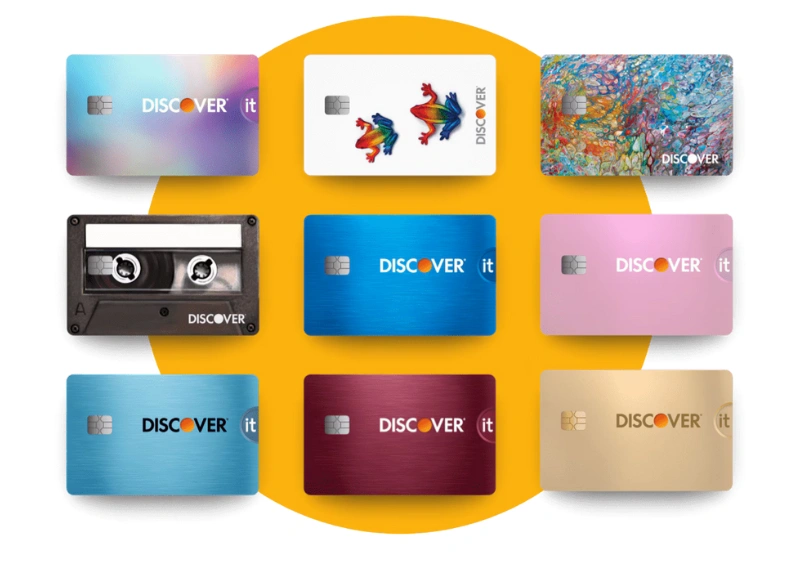
Why it’s great: This card offers 5% cashback on rotating categories and 1% on all other purchases. Plus, Discover matches all cashback earned in the first year.
- Annual Fee: $0
- Rewards: 5% cashback on select categories, 1% on other purchases
- Welcome Bonus: Cashback Match™
- APR: 17.24% – 26.24% Variable
- Credit Score Needed: Fair/New to Credit
2. Discover it® Student Chrome
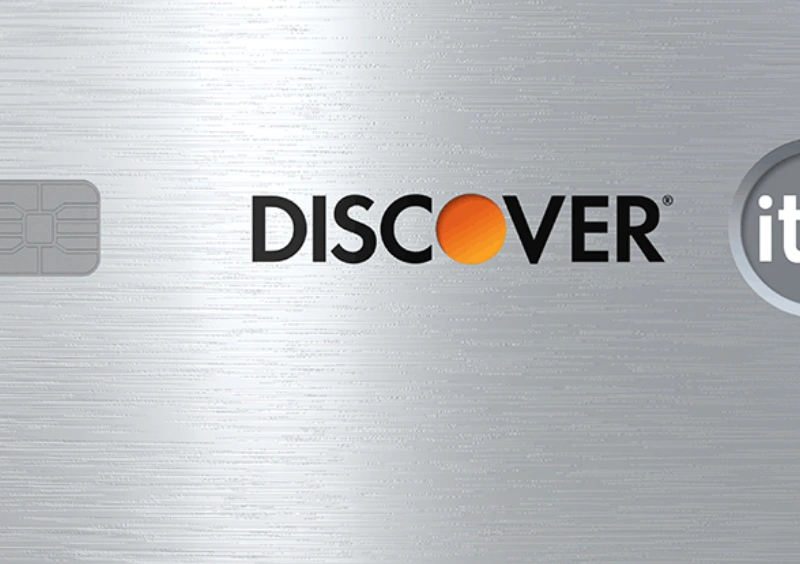
Why it’s great: Ideal for students who spend on gas and dining, offering 2% cashback on these categories.
- Annual Fee: $0
- Rewards: 2% cashback on gas stations and restaurants (up to $1,000 per quarter)
- Welcome Bonus: Cashback Match™
- APR: 17.24% – 26.24% Variable
- Credit Score Needed: Fair/New to Credit
3. Capital One Quicksilver Student Cash Rewards Credit Card
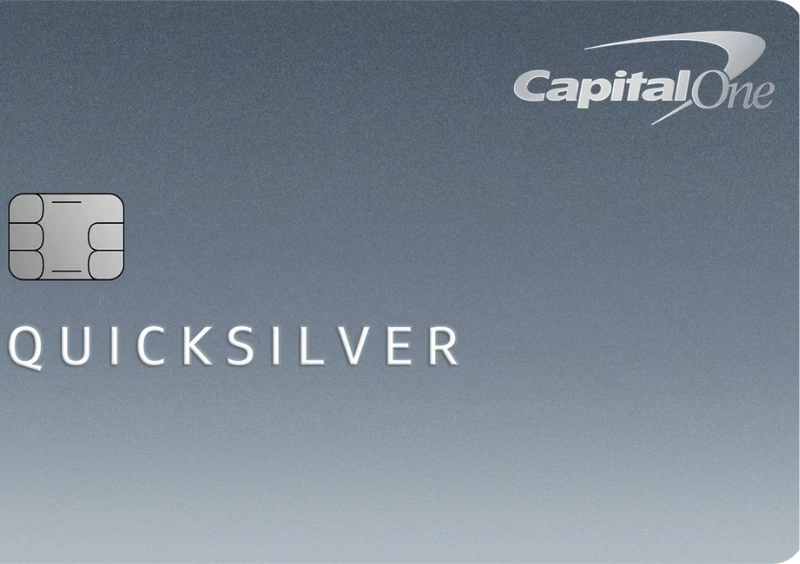
Why it’s great: Unlimited 1.5% cashback on all purchases and 5% on travel bookings.
- Annual Fee: $0
- Rewards: 1.5% cashback on all purchases, 5% on travel booked through Capital One
- Welcome Bonus: $50 bonus
- APR: Variable
- Credit Score Needed: Average, Fair, Limited
4. Capital One Savor Student Cash Rewards Credit Card
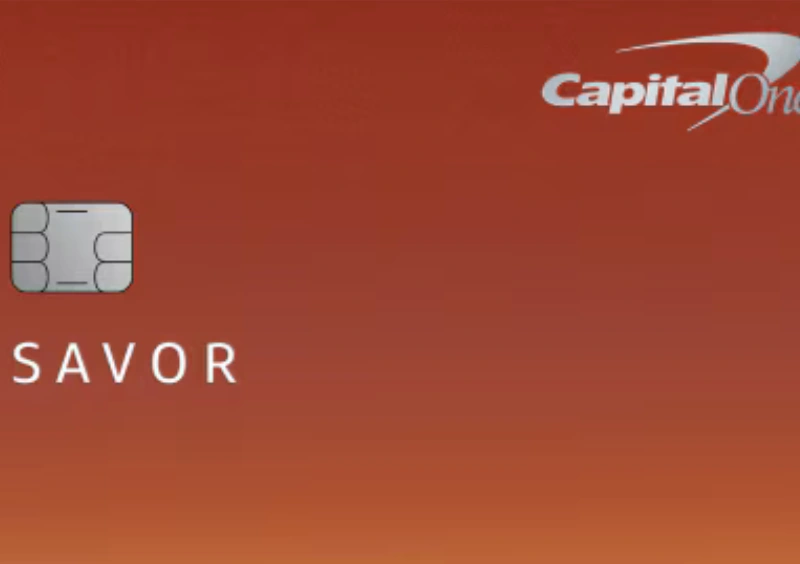
Why it’s great: Best for students who love dining and entertainment, offering 3% cashback on these categories.
- Annual Fee: $0
- Rewards: 3% cashback on dining and entertainment, 1% on other purchases
- Welcome Bonus: $50 bonus
- APR: Variable
- Credit Score Needed: Average, Fair, Limited
5. Bank of America® Customized Cash Rewards Credit Card for Students
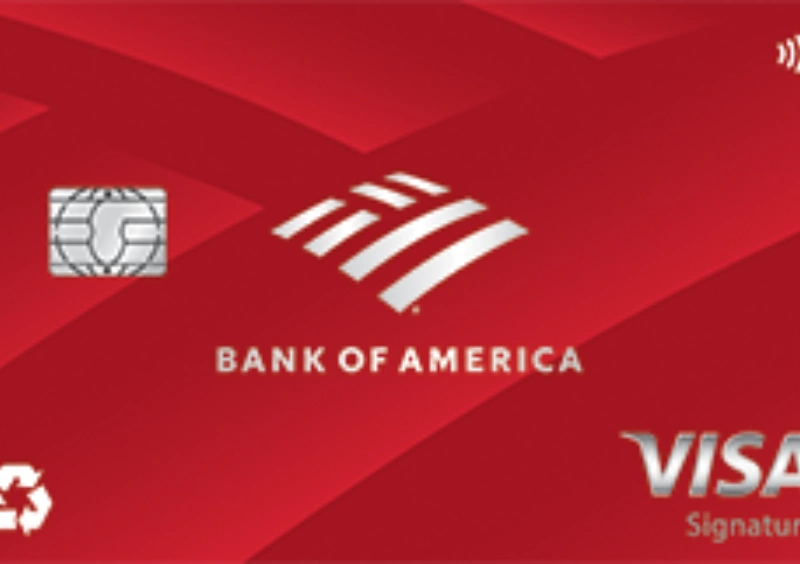
Why it’s great: Allows students to choose their 3% cashback category, making it highly flexible.
- Annual Fee: $0
- Rewards: 3% cashback on a chosen category, 2% on groceries, 1% on other purchases
- Welcome Bonus: $200 bonus
- APR: Variable
- Credit Score Needed: Excellent/Good
6. Bank of America® Unlimited Cash Rewards Credit Card for Students
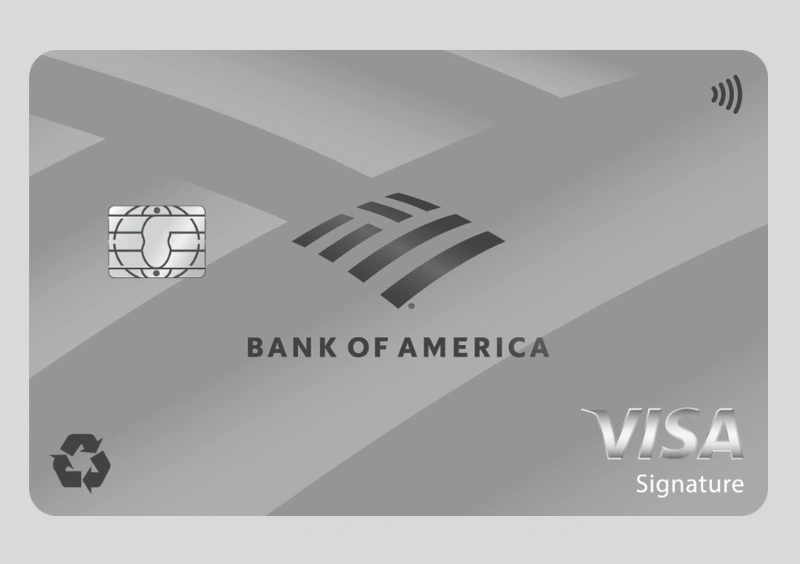
Why it’s great: Offers unlimited 1.5% cashback on all purchases.
- Annual Fee: $0
- Rewards: 1.5% cashback on all purchases
- Welcome Bonus: $200 bonus
- APR: Variable
- Credit Score Needed: Excellent/Good
7. Chase Freedom® Student Credit Card
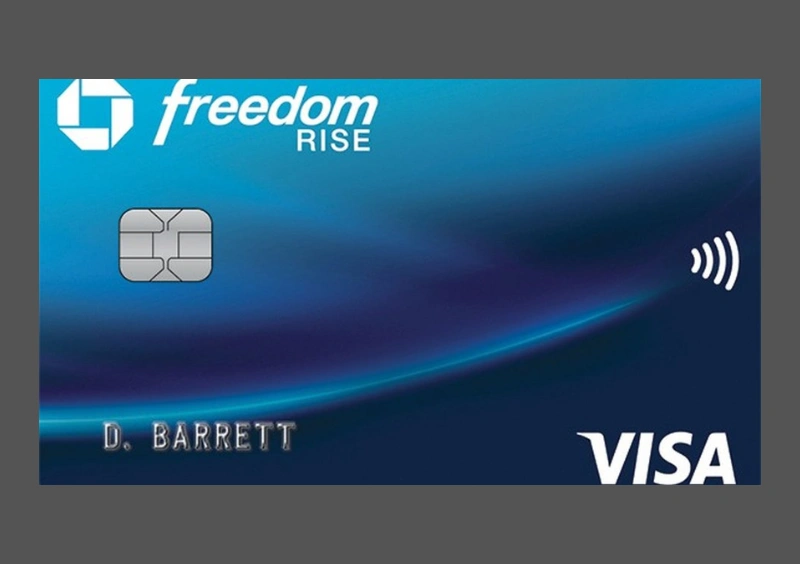
Why it’s great: Provides 1% cashback on all purchases and a $50 bonus after first purchase.
- Annual Fee: $0
- Rewards: 1% cashback on all purchases
- Welcome Bonus: $50 bonus
- APR: Variable
- Credit Score Needed: Fair/New to Credit
8. Citi Rewards+℠ Student Card
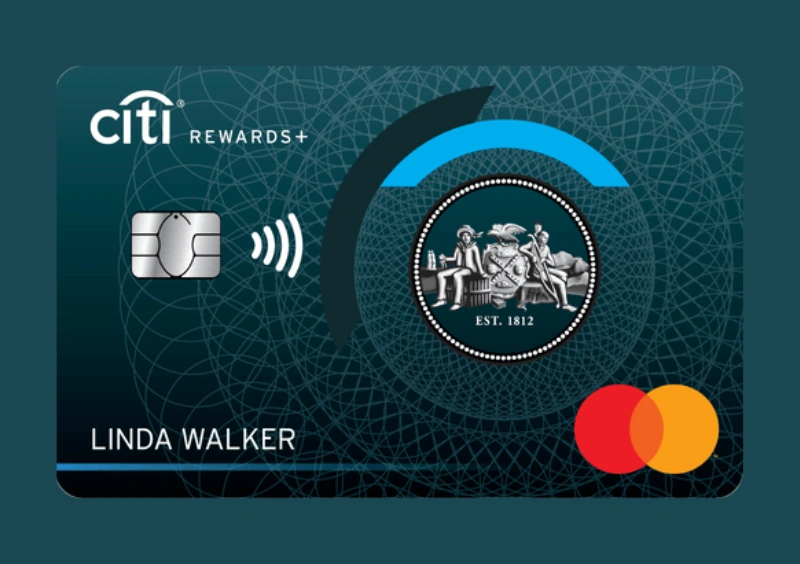
Why it’s great: Rounds up rewards to the nearest 10 points on every purchase.
- Annual Fee: $0
- Rewards: 2X points on supermarkets and gas stations (up to $6,000 per year), 1X on other purchases
- Welcome Bonus: 2,500 bonus points
- APR: Variable
- Credit Score Needed: Fair/New to Credit
9. Deserve® EDU Mastercard for Students
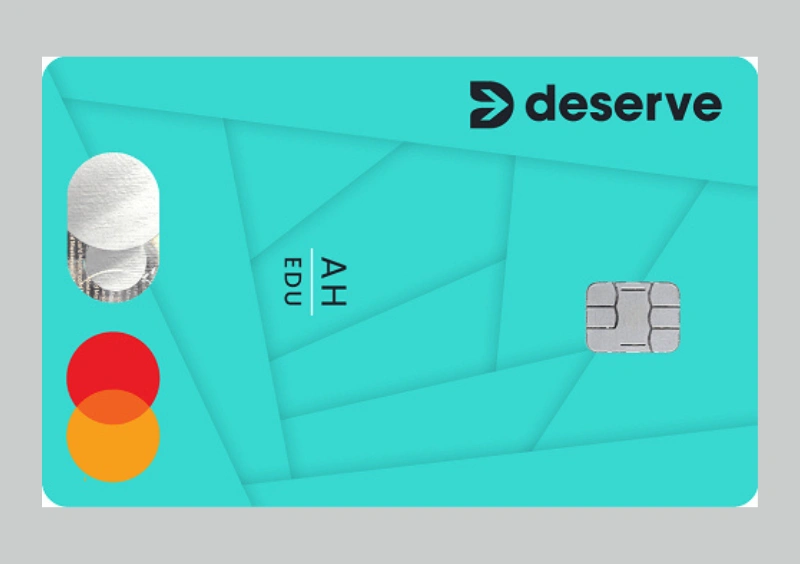
Why it’s great: No credit history required and offers 1% cashback on all purchases.
- Annual Fee: $0
- Rewards: 1% cashback on all purchases
- Welcome Bonus: Amazon Prime Student membership reimbursement
- APR: Variable
- Credit Score Needed: No credit history required
10. Petal® 2 “Cash Back, No Fees” Visa® Credit Card

Why it’s great: No fees and up to 1.5% cashback based on responsible usage.
- Annual Fee: $0
- Rewards: 1% cashback initially, up to 1.5% with responsible payments
- Welcome Bonus: None
- APR: Variable
- Credit Score Needed: No credit history required
Final Thoughts
Choosing the right student credit card depends on your spending habits and financial goals. Whether you prioritize cashback, travel rewards, or building credit, there’s a card tailored for you. Always use credit responsibly—pay your balance in full each month to avoid interest charges and build a strong credit history.
What are the steps to apply for these credit cards?
Applying for a student credit card in the USA involves several steps. Here’s a general guide to help you through the process:
1. Determine Your Eligibility
Before applying, check the requirements for each card. Most student credit cards require:
- Age: You must be at least 18 years old.
- Student Status: Some cards require proof of enrollment in a college or university.
- Credit History: Some cards accept applicants with no credit history, while others may require a fair credit score.
- Income: You may need to show proof of income or have a co-signer.
2. Gather Required Documents
You’ll typically need:
- A government-issued ID (passport or driver’s license).
- Social Security Number (SSN) or Individual Taxpayer Identification Number (ITIN) (some cards may not require this).
- Proof of enrollment (student ID or acceptance letter).
- Proof of income (pay stubs or bank statements).
3. Compare Credit Card Options
Research and compare different student credit cards based on:
- Annual fees
- Interest rates (APR)
- Rewards and cashback
- Credit-building benefits
- Foreign transaction fees (important for international students)
4. Apply Online
Most banks allow you to apply online through their website. You’ll need to:
- Fill out an application form.
- Provide personal and financial details.
- Submit required documents.
5. Wait for Approval
Once submitted, the bank will review your application. Approval time varies:
- Instant approval for some cards.
- Others may take a few days to process.
6. Receive Your Card & Activate It
If approved, your card will be mailed to you. Upon receiving it:
- Follow the activation instructions (usually online or via phone).
- Set up online banking to track spending and payments.
7. Use Responsibly & Build Credit
- Pay your balance on time to avoid interest charges.
- Keep your credit utilization low (below 30% of your limit).
- Monitor your credit score regularly.
Here are some unique insights about student credit cards in the USA:
1. Credit Cards for International Students
Many international students struggle to get a credit card due to the lack of a Social Security Number (SSN). However, some banks and fintech companies offer student credit cards without requiring an SSN. For example, the Zolve Credit Card allows international students to start building credit before they even arrive in the U.S.
2. Credit Cards That Reward Good Grades
Some student credit cards offer incentives for maintaining good academic performance. The Discover it® Student Cash Back card provides a $20 statement credit each school year for students who maintain a GPA of 3.0 or higher.
3. Secured vs. Unsecured Student Credit Cards
If you have no credit history, you might need a secured credit card, which requires a refundable deposit as collateral. Some popular secured cards include:
- Discover it® Secured Credit Card
- Capital One Secured Mastercard
- Citi Secured Mastercard
4. Credit Cards That Help Build Credit Without Fees
Some student credit cards focus on credit-building without charging annual fees. The Petal® 2 “Cash Back, No Fees” Visa® Credit Card is a great option because it has no annual fees, late fees, or foreign transaction fees, making it ideal for students who want to build credit responsibly.
5. Instant Approval for Student Credit Cards
Some banks and fintech companies offer instant approval for student credit cards. For example, Zolve provides instant approval for international students, allowing them to access credit even before arriving in the U.S.
Would you like help choosing the best card based on your financial situation? Let me know! Edit this response
What are some tips for managing student credit card debt?
Managing student credit card debt effectively is crucial for financial stability. Here are some practical tips:
1. Create a Budget
Track your income and expenses to ensure you’re not overspending. Use budgeting apps or spreadsheets to categorize your spending.
2. Pay More Than the Minimum
Always aim to pay more than the minimum balance to reduce interest charges and pay off debt faster.
3. Avoid Unnecessary Purchases
Limit spending on non-essential items like dining out, entertainment, and impulse buys.
4. Set Up Automatic Payments
Avoid late fees and missed payments by setting up automatic payments for at least the minimum amount.
5. Use the Snowball or Avalanche Method
- Snowball Method: Pay off the smallest debt first, then move to the next.
- Avalanche Method: Pay off the debt with the highest interest rate first.
6. Negotiate Lower Interest Rates
Call your credit card issuer and ask if they can lower your interest rate, especially if you have a good payment history.
7. Consider Balance Transfers
Some credit cards offer 0% APR balance transfers, allowing you to move debt to a lower-interest card.
8. Avoid Opening Multiple Credit Cards
Having too many credit cards can lead to overspending and difficulty managing payments.
9. Seek Financial Counseling
Many universities offer free financial counseling services to help students manage debt.
10. Build Credit Responsibly
Use your credit card wisely to build a strong credit history, which will help with future financial opportunities.
How can I effectively negotiate lower interest rates?
Negotiating lower interest rates on your student credit card can save you money and help you manage debt more effectively. Here are some proven strategies to help you get a better rate:
1. Check Your Credit Score
Before negotiating, review your credit score—a higher score gives you more leverage. If your score has improved since you got the card, you have a stronger case for a lower rate.
2. Research Competitive Offers
Look for other credit cards with lower interest rates. If competitors offer better terms, mention them when negotiating with your current issuer.
3. Call Your Credit Card Issuer
Contact customer service and politely request a lower interest rate. Use a confident but respectful tone. Example script: “Hi, I’ve been a loyal customer with a strong payment history. I noticed that other credit cards offer lower interest rates, and I’d like to see if you can reduce mine.”
4. Highlight Your Payment History
If you’ve consistently paid on time, emphasize this. Banks are more likely to lower rates for responsible borrowers.
5. Ask About Promotions or Hardship Programs
Some issuers offer temporary lower rates or hardship programs for financial difficulties. Ask if any promotions apply to your account.
6. Be Ready to Negotiate
If the first representative says no, politely ask to speak with a supervisor. They may have more authority to approve your request.
7. Get the Agreement in Writing
If your issuer agrees to lower your rate, request written confirmation to ensure the new terms are honored.
How do credit scores affect interest rates?
Your credit score plays a crucial role in determining the interest rates you receive on loans and credit cards. Here’s how it affects your borrowing costs:
1. Higher Credit Score = Lower Interest Rates
Lenders use risk-based pricing, meaning borrowers with higher credit scores are considered less risky and qualify for lower interest rates. A strong credit history shows that you consistently repay debts on time, making lenders more willing to offer favorable terms.
2. Lower Credit Score = Higher Interest Rates
If you have a low credit score, lenders see you as a higher risk and charge higher interest rates to compensate for the potential risk of missed payments. This can make borrowing more expensive over time.
3. Credit Score Ranges & Their Impact
Different credit score ranges affect the interest rates you receive:
- 800-850 (Exceptional): Best interest rates available.
- 740-799 (Very Good): Lower-than-average rates.
- 670-739 (Good): Moderate rates.
- 580-669 (Fair): Higher rates.
- 300-579 (Poor): Highest rates or possible loan denial.
4. How Credit Scores Affect Credit Card APR
Credit card issuers set Annual Percentage Rates (APR) based on your credit score. A higher score can qualify you for 0% introductory APR offers, while a lower score may result in high-interest rates on purchases and balances.
5. How to Improve Your Credit Score for Better Rates
- Pay bills on time to build a positive payment history.
- Keep credit utilization low (below 30% of your limit).
- Avoid opening too many new accounts in a short period.
- Check your credit report for errors and dispute inaccuracies.